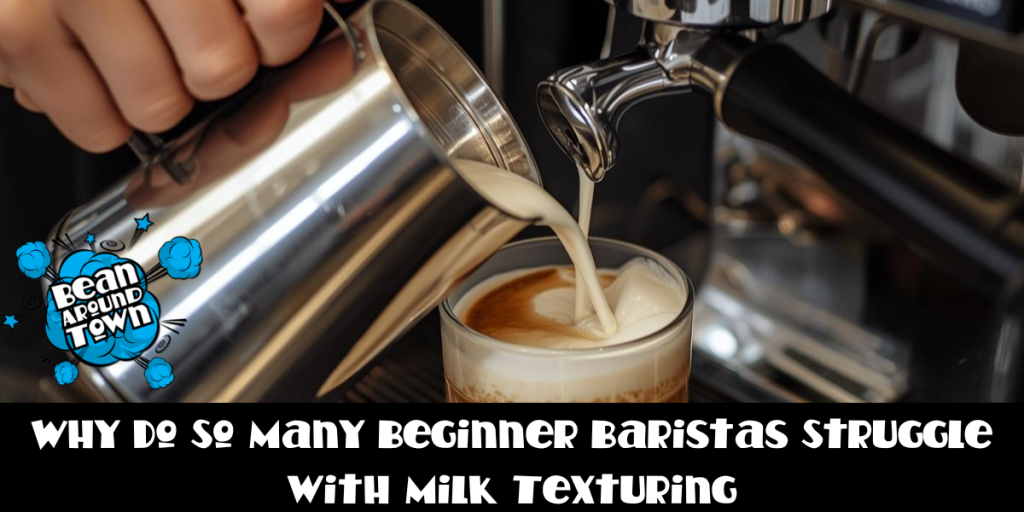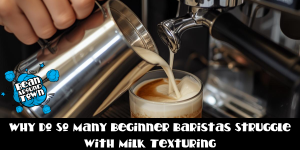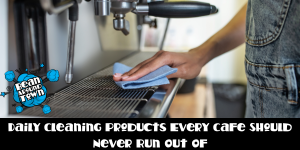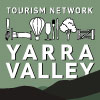Melbourne is recognised as Australia’s coffee capital, a place where craftsmanship behind the counter has become a celebrated skill. From the laneways filled with espresso aromas to local suburban cafés, this city defines the standard for coffee excellence. Yet, even in such a coffee-focused culture, many new baristas find milk texturing challenging. This technique demands accuracy, patience, and a keen sense of touch. A Melbourne barista course offers structured guidance, personal feedback, and practical sessions that help beginners develop the skill to create smooth, velvety milk with confidence.
The Importance of Milk Texturing in Modern Coffee Culture
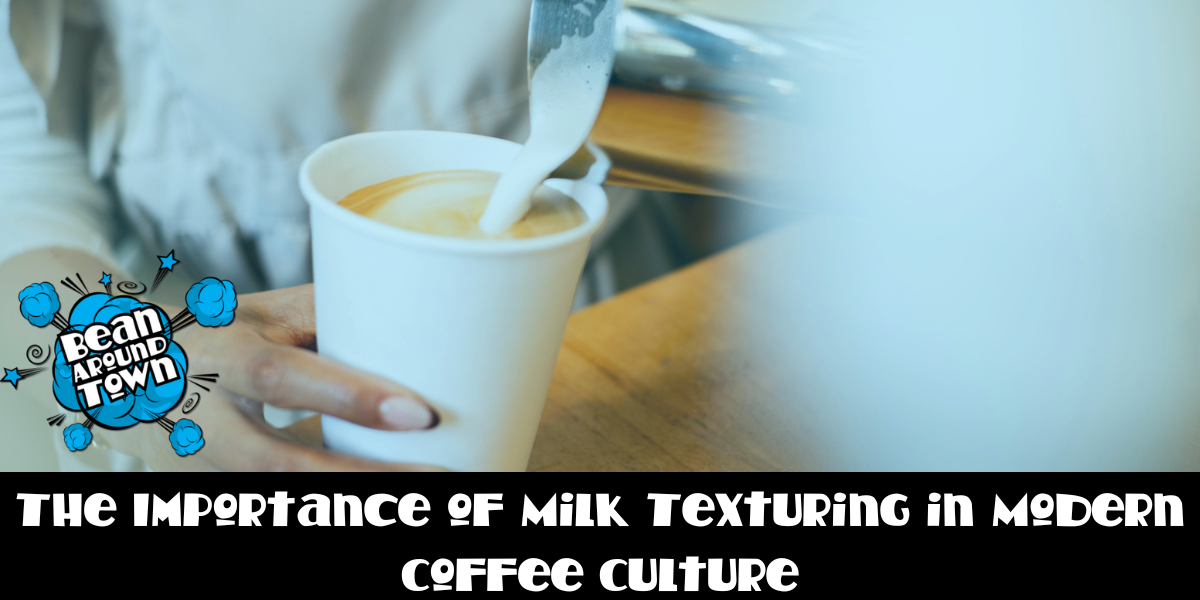
Before perfecting latte pouring, baristas must appreciate why milk texturing plays such a vital role in coffee preparation. It goes beyond simply creating froth; it builds flavour, texture, and presentation that define a well-made drink.
Why Milk Texture Matters
Properly textured milk highlights the espresso’s sweetness and gives a silky, balanced finish. It turns a bold espresso shot into a harmonious beverage. When aerated the right way, milk transforms into fine microfoam that blends seamlessly with coffee. This texture also makes intricate latte art Melbourne patterns possible, adding both beauty and value to every cup.
Broken Coffee Machine? We'll Brew You Back in Business!
Fast, reliable, and expert repairs for all commercial coffee machines – espresso, drip, bean-to-cup, and more.
How Texture Defines the Experience
The character of a flat white or cappuccino depends on its texture. Smooth cappuccino foam or delicate microfoam creates a pleasant mouthfeel that enhances the drink. A Melbourne barista course helps students achieve consistency from the first pour to the last. With the right coffee preparation techniques, every cup can achieve that ideal mix of flavour and visual appeal.
The Science Behind Perfect Milk Texture
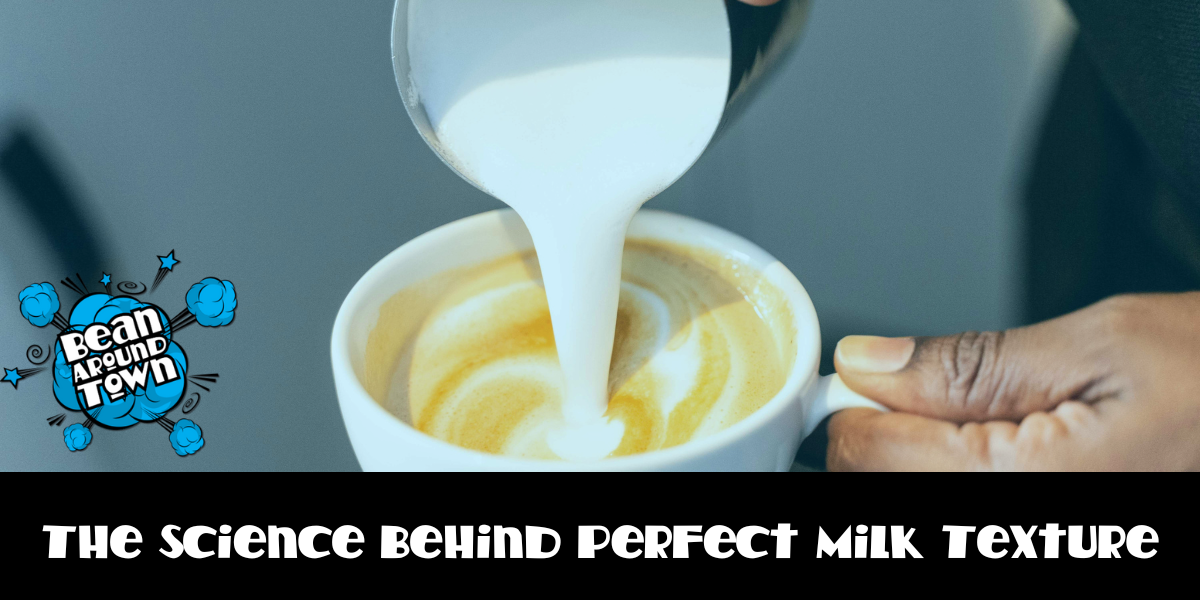
Milk texturing is both an art and a science. Professional barista training Melbourne courses teach how temperature, protein, and air interact to produce perfect microfoam.
Understanding the Chemistry
Heating milk causes proteins to stretch and form a network that traps air, while fats stabilise the bubbles. This creates the smooth texture baristas aim for. The perfect temperature for keeping milk sweet and glossy falls between 55°C and 65°C. A Melbourne barista course trains students to recognise this range through sight, touch, and sound.
Broken Coffee Machine? We'll Brew You Back in Business!
Fast, reliable, and expert repairs for all commercial coffee machines – espresso, drip, bean-to-cup, and more.
The Role of Temperature and Sweetness
Temperature directly affects flavour. Overheated milk loses its sweetness and tastes burnt, while cooler milk lacks structure. Learning how to froth milk properly keeps sweetness intact and results in a creamy, consistent texture.
The Value of Consistency
Professional baristas succeed by maintaining precision. Through barista certification, learners practise repetition using the same jug angle, milk volume, and steam pressure to deliver reliable results every time.
Common Struggles for Beginner Baristas
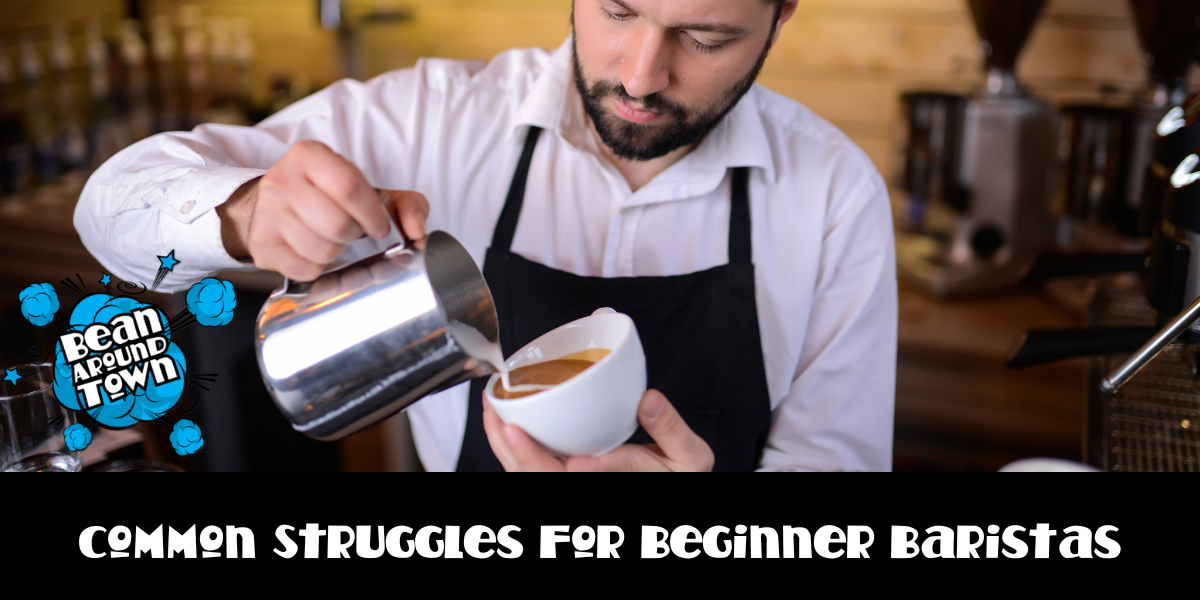
Many beginners face similar hurdles when learning milk texturing. A Melbourne barista course tackles these challenges with guided correction and demonstration, helping learners improve faster.
Improper Steam Wand Position
Steam wand placement is a common problem. Too high, and the milk foams excessively; too low, and it fails to aerate. The right position helps create fine, even microfoam. In barista training Melbourne, students practise the correct depth and angle until it becomes second nature.
Broken Coffee Machine? We'll Brew You Back in Business!
Fast, reliable, and expert repairs for all commercial coffee machines – espresso, drip, bean-to-cup, and more.
Incorrect Aeration
Introducing too much air causes thick, bubbly milk; too little air leads to a thin result. Trainees learn to listen for the gentle “tearing paper” sound that signals balanced aeration. Through real-time feedback, instructors guide students in how to froth milk properly.
Incorrect Temperature
Overheating burns milk, while underheating produces a flat texture. Most trainers recommend stopping at around 60°C or when the jug feels almost too hot to hold. During lessons in coffee preparation techniques, students develop an instinctive sense for ideal temperature.
Incorrect Milk Quantity
Using the wrong amount of milk changes how it heats and stretches. Small quantities overheat quickly, and large ones lack aeration. In barista certification classes, students learn proper jug filling and milk expansion ratios to achieve a reliable texture.
Lack of Integration
Even well-textured milk can separate if not mixed properly. Swirling and tapping the jug integrates foam and liquid into a smooth, glossy finish perfect for latte art Melbourne designs.
How a Melbourne Barista Course Can Help
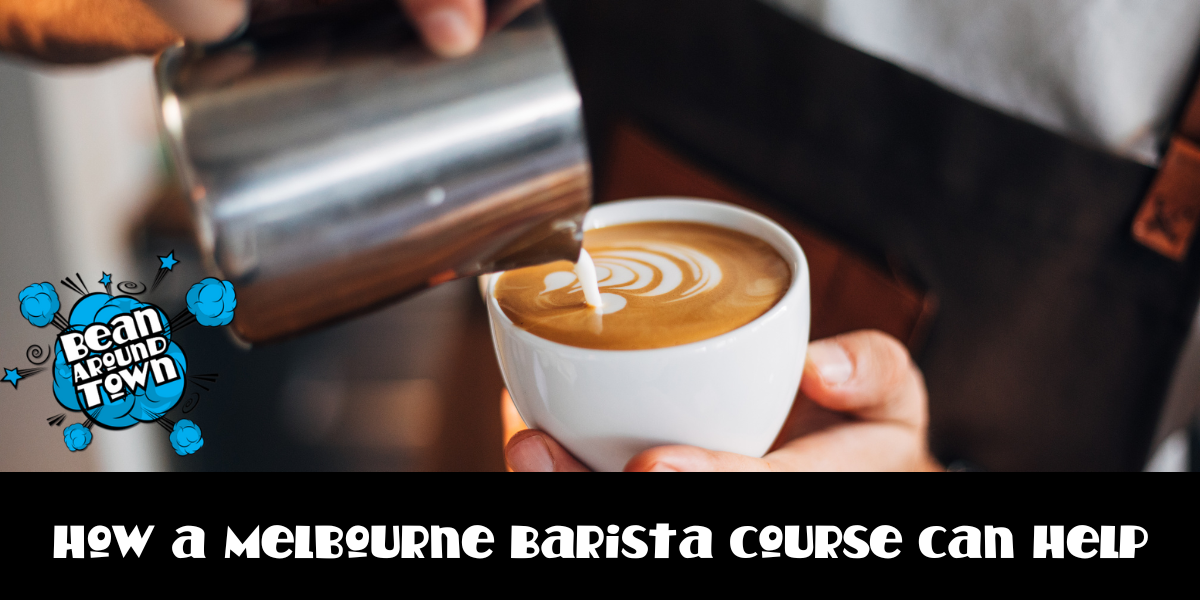
A Melbourne barista course provides hands-on learning and a structured path to improvement. This professional environment replaces trial and error with targeted instruction and feedback.
Hands-On Training
Trainers demonstrate each movement, from wand placement to jug control, while offering immediate corrections. This approach builds confidence and muscle memory. Learners enhance their practical skills and gain a richer understanding of milk texture by practising repeatedly and receiving feedback.
Structured Learning
Baristas study the two main stages of steaming:
- Stretching: Introducing air into the milk to create fine bubbles that form a soft foam. This stage gives volume and lightness to the milk.
- Texturing: Folding the foam back through the milk to build a smooth microfoam. This step blends air and liquid evenly for a glossy, consistent finish.
These methods, taught in barista training in Melbourne, strengthen coordination and accuracy through systematic practice.
Broken Coffee Machine? We'll Brew You Back in Business!
Fast, reliable, and expert repairs for all commercial coffee machines – espresso, drip, bean-to-cup, and more.
Proper Technique Practice
Students perfect the whirlpool motion that produces smooth milk. In a Melbourne barista course, repetition of these coffee preparation techniques helps build precision, resulting in consistent pours every time.
Temperature Control
Learning tactile cues and thermometer use gives students control over sweetness and texture. During barista certification, they learn to recognise the perfect temperature by feel, preventing scorching and improving flavour.
Milk Quality and Integration
Different milks behave differently under heat. Barista training in Melbourne teaches adjustments for dairy and plant-based options. Proper tapping and swirling complete the process, creating a uniform texture ideal for professional latte art Melbourne work.
From Froth to Art: Mastering Latte Art in Melbourne
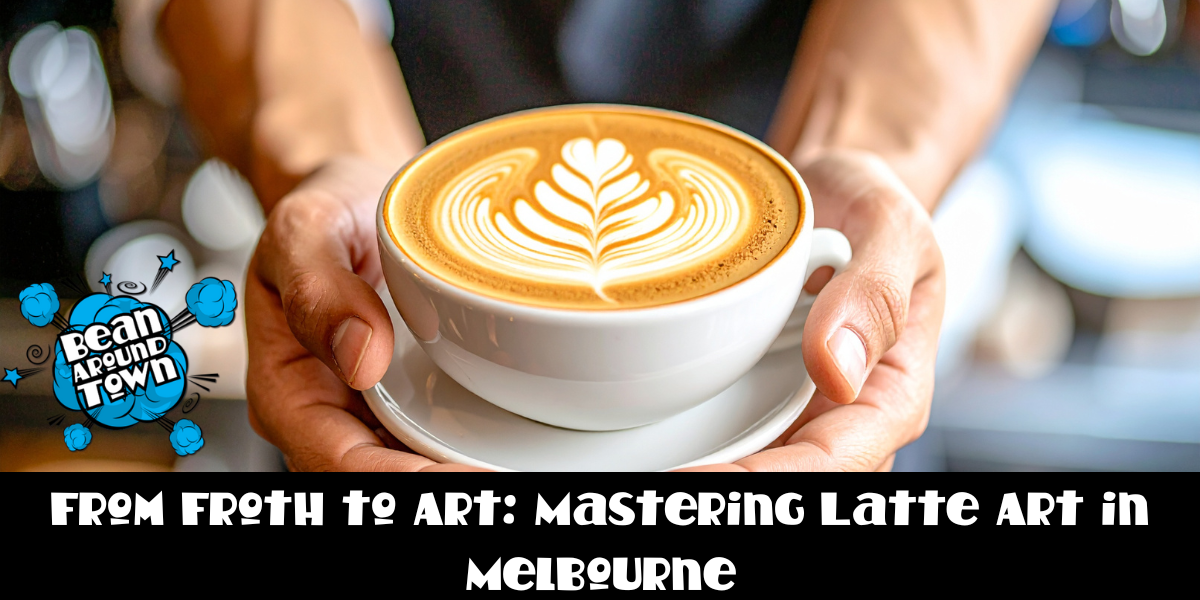
Once milk texturing becomes second nature, baristas can express their creativity. Melbourne’s coffee scene values artistry as much as flavour, and latte art Melbourne showcases the connection between the two.
Turning Technique into Expression
Pouring designs like hearts, tulips, and rosettas requires precision and control. With advanced coffee preparation techniques, baristas refine timing and flow. The texture of the milk determines how crisp and defined each design appears, skills sharpened through expert barista training in Melbourne.
Café Branding and Customer Connection
Beautiful latte art design creates a personal touch that strengthens customer loyalty. Eye-catching designs often become part of a café’s identity. A Melbourne barista course teaches baristas to turn technical skill into artistic expression, enhancing the café experience for every guest.
Why Is My Milk Not Texturing? (Troubleshooting Guide)

Even experienced baristas encounter milk texturing issues. In Melbourne barista courses and barista certification programs, trainers help diagnose and correct these common problems.
Why Is My Barista’s Milk Not Frothing?
If milk fails to froth, the wand may be too low, the steam pressure weak, or the milk too warm. To fix this:
- Position the wand tip just below the surface: Keep the tip slightly under the milk’s surface so it draws in just enough air for a smooth texture. Move the jug slightly to maintain steady aeration.
- Start with cold, fresh milk: Cold milk gives you more time to control texture development. Always use fresh milk for better sweetness and stability.
- Purge the wand to release dry steam before steaming: Expel any condensation before steaming to produce clean, dry steam. This step helps create silky foam without large bubbles.
Learning how to froth milk properly helps baristas identify issues quickly and correct them with ease.
Broken Coffee Machine? We'll Brew You Back in Business!
Fast, reliable, and expert repairs for all commercial coffee machines – espresso, drip, bean-to-cup, and more.
Why Can’t I Do Latte Art?
Latte art requires consistent texture. Milk that’s too thick pours unevenly, while thin milk loses shape. Focusing on microfoam first and refining jug control allows baristas to master designs. In barista training in Melbourne, students develop steady hand movements and timing.
What Are Some Common Mistakes That Should Be Avoided When Frothing Milk?
Overheating and excessive aeration are frequent errors. Both affect sweetness and mouthfeel. Instructors in Melbourne barista courses guide students to listen and feel for ideal conditions until precision becomes instinctive.
The Business Case for Professional Barista Training
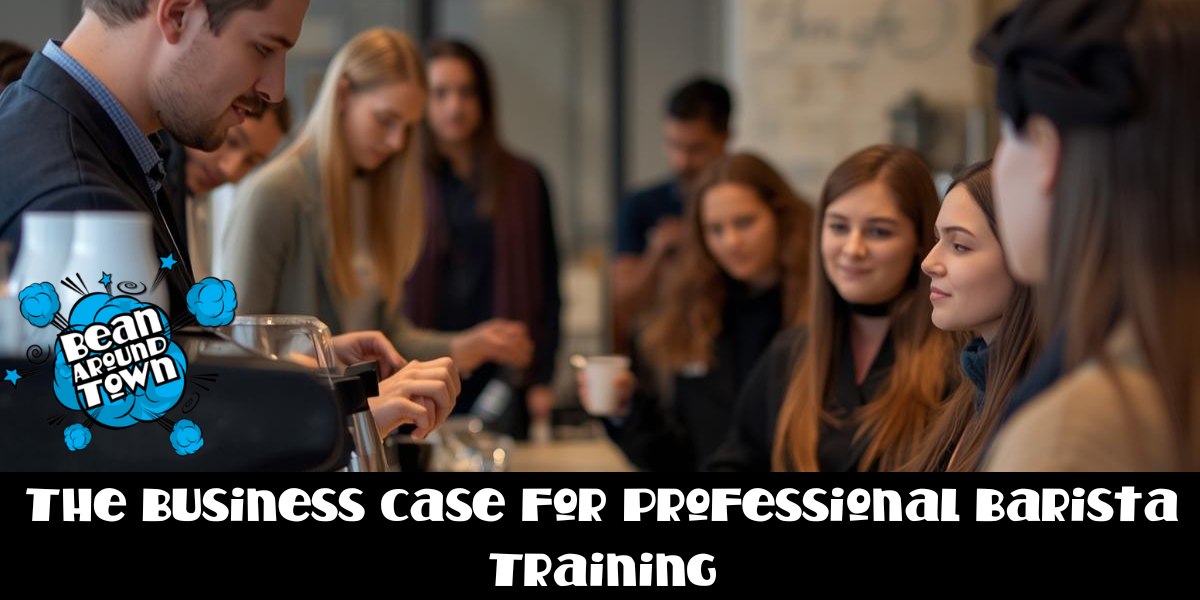
For café owners, barista training in Melbourne is a valuable investment in quality and consistency. Proper milk texturing leads to better flavour, presentation, and customer satisfaction, all contributing to long-term business growth.
Benefits of Professional Training
- Consistency: Maintaining steady quality in every cup served, no matter how busy the café gets. Customers notice and appreciate reliability in their coffee experience.
- Efficiency: Reducing preparation time while keeping accuracy high. Baristas trained in smooth workflow create a faster, cleaner, and more enjoyable service.
- Customer retention: Delivering quality drinks that invite customers to return regularly. A great cup builds loyalty and encourages word-of-mouth recommendations.
- Reputation: Building a trusted image through professional service and consistent presentation. Skilled baristas help a café stand out in Melbourne’s competitive coffee scene.
A comprehensive Melbourne barista course builds skilled teams capable of maintaining excellence during busy service periods.
Broken Coffee Machine? We'll Brew You Back in Business!
Fast, reliable, and expert repairs for all commercial coffee machines – espresso, drip, bean-to-cup, and more.
The ROI of Barista Education
Barista certification improves productivity and morale. Benefits include:
- Reduced waste due to better steaming control: Proper technique reduces milk wastage during training and daily service. This efficiency saves costs and promotes consistent texture across every drink.
- Reliable coffee quality that enhances reputation: Customers appreciate a café where every cup tastes just as good as the last. Consistency strengthens credibility and keeps the coffee experience enjoyable.
- Confident staff who perform efficiently and professionally: Training boosts confidence behind the machine, allowing baristas to work quickly without losing precision. Confidence leads to smoother service and satisfied customers.
In Melbourne’s thriving café scene, barista training provides lasting advantages for both individuals and business owners.
Bean Around Town: Supporting Melbourne’s Coffee Community
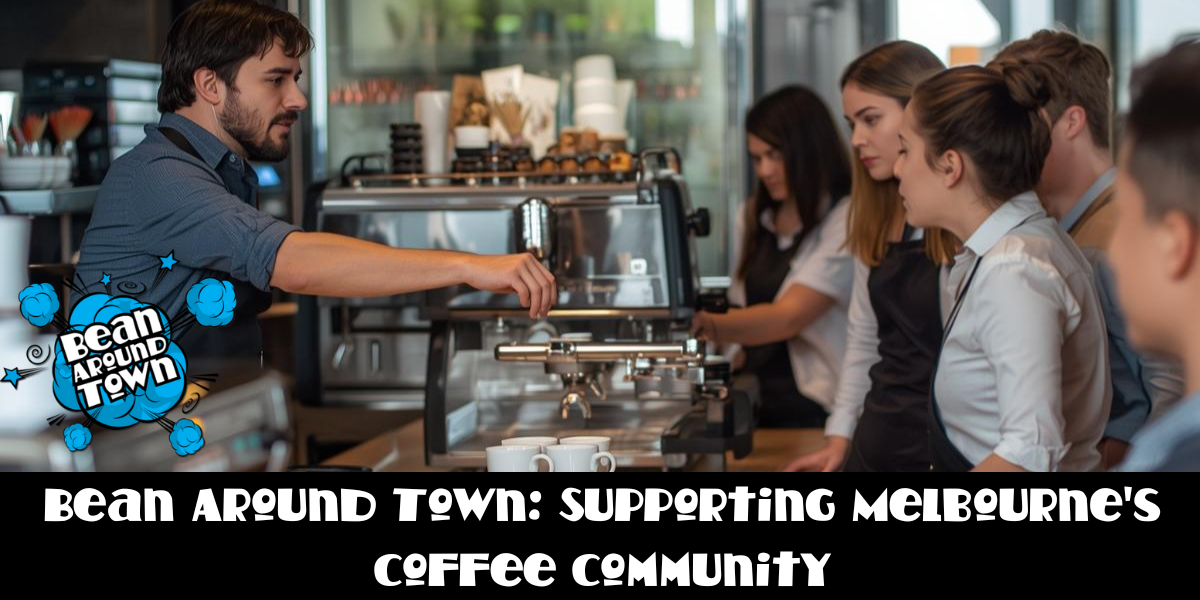
Behind every great coffee experience stands a community of passionate professionals. At Bean Around Town, we support Melbourne’s cafés with barista training, premium coffee beans, and essential café supplies.
Who We Are
We work with more than 600 cafés across Melbourne and regional Victoria, supplying fresh specialty coffee and equipment. Our Melbourne barista course options encourage baristas to refine their craft and cafés to maintain consistent quality.
How We Support Barista Education
Our Basic, Advanced, and Latte Art Classes teach coffee preparation techniques, how to froth milk properly, and the skills required to create beautiful drinks. Through barista certification, students gain practical experience that prepares them for success in professional environments.
Our Promise to Melbourne’s Café Owners
We provide support, education, and reliable products that help businesses thrive. Through expert barista training in Melbourne, quality beans, and genuine partnership, cafés can deliver outstanding coffee that keeps customers returning.
Conclusion
Milk texturing is a technical craft that rewards patience and practice. Although beginners often struggle with aeration and temperature, consistent training resolves these challenges. A Melbourne barista course blends theory and hands-on experience to help learners master coffee preparation techniques and achieve café-standard results. Investing in barista training Melbourne and barista certification builds skills that enhance every cup, from silky microfoam to professional latte art Melbourne presentations. In Melbourne’s rich coffee culture, mastering milk texturing is both a valuable skill and an expression of passion for quality.
Ready to elevate your coffee skills? Join Bean Around Town’s Melbourne barista course today and start mastering milk texturing, latte art, and café-quality coffee techniques. Enrol now and turn your passion for coffee into professional excellence!
FAQs About Milk Texturing and Barista Training
Why is my milk not texturing?
- This often happens when the steam wand is positioned too deep or too shallow, disrupting proper aeration. Keep the tip just under the milk’s surface and maintain a gentle whirlpool motion. We guide our students to master steam wand placement through hands-on practice and real-time feedback.
Why can’t I do latte art?
- Latte art depends on smooth, velvety milk and controlled pouring. Focus on creating silky microfoam before attempting designs. Our Melbourne barista courses teach you how to build perfect milk texture, then refine your pour for crisp, detailed patterns.
What is the main difference between frothing and texturing milk?
- Frothing creates large bubbles and light foam, while texturing forms fine microfoam that blends smoothly with espresso for a creamy finish. We help our trainees understand and feel this difference through side-by-side demonstrations during our training sessions.
Why is my barista’s milk not frothing?
- Milk may fail to froth if it’s too warm, old, or if air isn’t being introduced correctly. Always start with cold, fresh milk and purge the steam wand. We show students how to quickly identify and fix these issues to achieve consistent results every time.
What is a common cause of milk not frothing properly?
- Incorrect steam wand angle or overheating are the main culprits. Keep your milk between 55°C and 65°C and angle the wand slightly off-centre. Our trainers help learners fine-tune temperature control and positioning for perfect, glossy microfoam.
How to practise milk frothing?
- Use water with a drop of detergent to mimic milk texture or practise with small milk batches to improve consistency and control. We encourage our students to practise daily using our guided techniques until creating silky milk becomes second nature.

